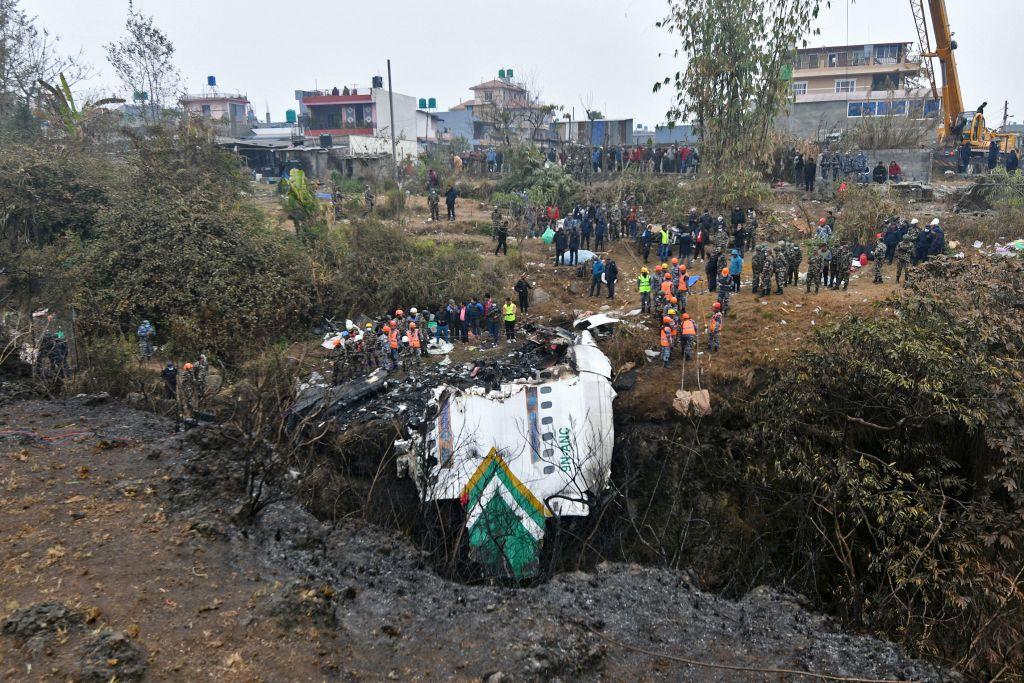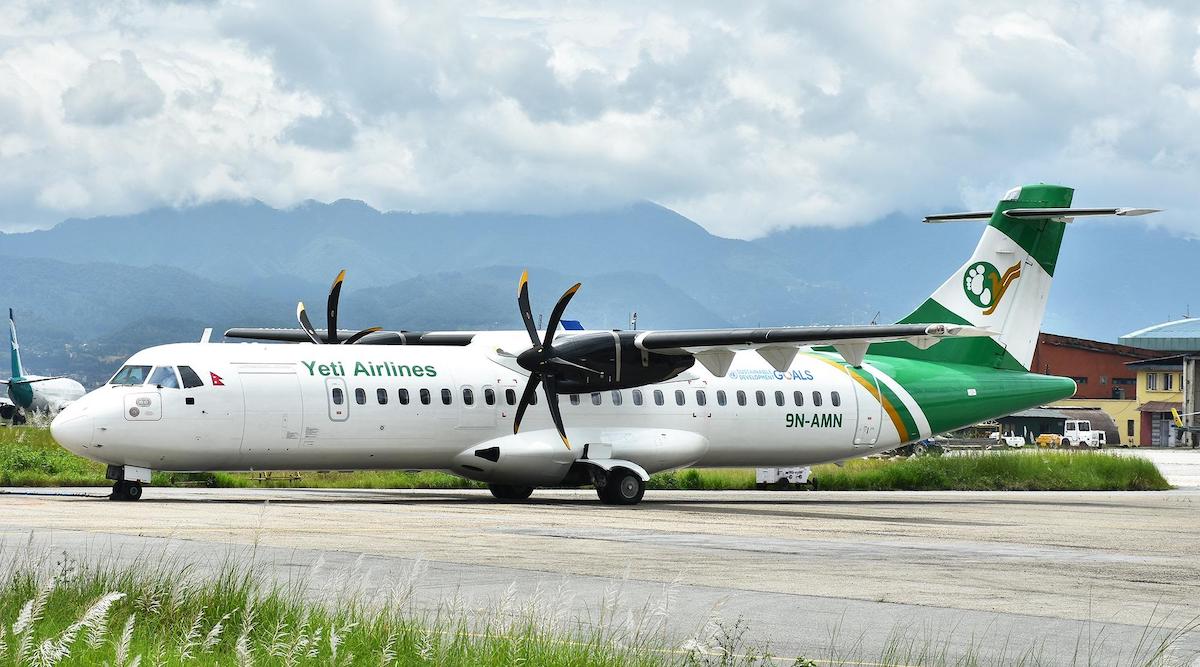
Sixty-eight people are confirmed to have lost their lives in the accident.
A Yeti Airlines ATR 72-500 carrying 68 passengers and four crew crashed while on approach to Pokhara International Airport, Nepal, on the morning of Jan. 15. At least 68 were killed, according to local authorities.
Flight YT691 was flying a domestic service from Nepal's capital Kathmandu to Pokhara. Video circulating on the internet shows the aircraft at low level before rolling sharply to the left.
The 15.5-year-old aircraft was delivered in August 2007 and flew with Kingfisher Airlines in India and Thailand’s Nok Air before being leased to Yeti in April 2019, according to the Aviation Week Network Fleet Discovery database. It flew for 23,761 cycles over 24,944 hours. Yeti Airlines has six ATR 72s, aged between 11 and 15 years.
ATR said in a statement that its "specialists are fully engaged to support both the investigation and the customer."

CAPA/OAG data shows Yeti Airlines is the third largest carrier in terms of domestic capacity, which surged over the last year following the return to tourism normalcy.
The airline’s subsidiary Tara Air suffered a fatal crash of its own in May 2022. In that accident a De Havilland Canada DHC-6-300 Twin Otter crashed while flying domestically between Pokhara and Jomsom, killing all 22 on board.
In a statement following the latest ATR accident, the Civil Aviation Authority of Nepal (CAAN) said that two helicopters had been immediately dispatched to the crash site, followed by a ground rescue team with personnel from the Nepalese army, police, the local municipality and the Himalayan Rescue Association.
In a Jan. 16 update, CAAN confirmed that the aircraft's flight data recorder and a cockpit voice recorder had been recovered.
Video purportedly from the crash site showed the aircraft almost completely destroyed, with fierce fires burning.
Prior to the crash, Yeti Airlines—set up in 1998—had a fleet of six ATR 72-500s, which it operates on domestic services. In a statement, the airline said it had canceled all flights scheduled for Jan. 16.
Pokhara International Airport only opened on Jan. 1 this year. It was built to replace the city’s previous airport, located 1.6 nm to the west, with flights gradually transferring to the new facility.
The new airport has a single 8,200-ft.-long 12/30 runway and is Nepal’s third international airport, its predecessor having been used solely for domestic services. The new airport has two terminals, for international and domestic passengers.

